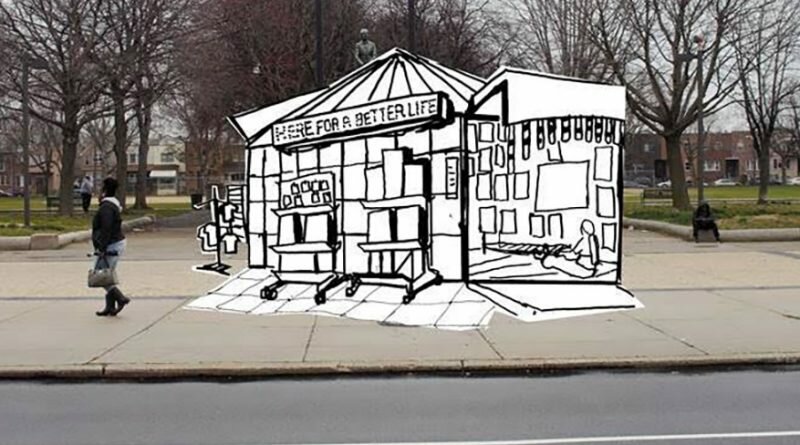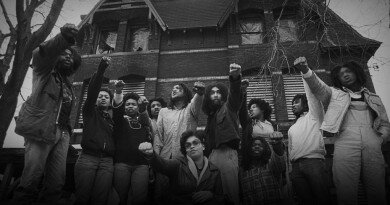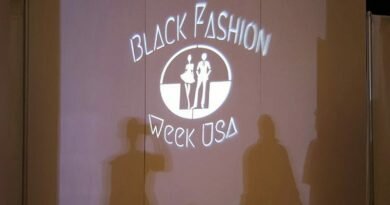Instead Of Focusing On Yesterday’s Monuments, Artists Are Building Tomorrow’s
A years-long project in Philadelphia called Monument Lab asks, “What monuments would we build to reflect our values as a city?”
Thousands of white supremacists and neo-Nazis marched on the streets of Charlottesville, Virginia, last week. Their rally ― which turned deadly when a man rammed his car into a crowd of counter-protesters ― centered around a monument to Confederate General Robert E. Lee. The local city council voted to remove the statue earlier this year, but white supremacists from around the country, some armed with military-grade weapons, were seeking to defend it.
Within days of the violence, politicians in Baltimore, Maryland; Jacksonville, Florida; Memphis, Tennessee and Lexington, Kentucky, began taking the necessary steps toward removing Confederate statues. Questions about monuments ― the people they serve and histories they preserve ― flooded the news and social media.
Five years earlier, curators Paul Farber and Ken Lum led a course at the University of Pennsylvania called “Memory, Monuments and Urban Space.” Together, the professors and students in attendance discussed the meaning of monuments in this contemporary age. “A monument is a statement of power and presence in a city,” Farber told HuffPost over the phone. “It’s a way to make history public and enduring, reflecting not just interpretations of the past but the power dynamics of the present.”
Farber’s class explored how artists and activists use monuments to challenge the status quo, especially with regards to race, gender and sexuality. Students imagined future monuments that don’t yet exist; monuments that could calcify the stories often pushed to the margins of history. They also brainstormed ways to impact and subvert existing monuments by remixing, critiquing or simply standing next to them and making their presence known.
These structures, Farber expressed, are not just reminders of the past. They are unique in their ability to bring past, present and future together in a single object. “I think the monument is traditionally understood as a way to freeze time, to carry it forward,” Farber said. “But what we found, more so, is that monuments are a way to talk about how history is carried into the present.”
In 2015, Farber and Lum built a temporary monument outside of Philadelphia’s City Hall and installed what they call a Learning Lab. There, they posed a single question to passersby: What is an appropriate monument for the current city of Philadelphia? “We wanted people to chew on that question,” Farber said. “What values and visions have we inherited from past monuments? What monuments would we build to reflect our values as a city ― a nourishing site for democracy?”
Hundreds of people submitted proposals and those ideas became the creative data that pushed Farber and Lum to envision their project on a grander scale. They could sense that these conversations about monuments, power, authority and history were bubbling to the surface with increasing urgency.
The result of the years-long project, a public art project titled “Monument Lab,″ will take over the city of Philadelphia this fall. Twenty artists of various ages, races, gender identities and artistic backgrounds will erect monuments in 10 public spaces spread throughout the city.

Farber is interested in conventionally weighty statues, sure, but also in monuments made of light and video and sound, through activations and occupations of space. Artist Marisa Williamson, for example, plans to orchestrate an interactive scavenger hunt app meant to uncover overlooked sites of African American history in the Washington Square area. Video and sound performances will lead participants to new locations which will tell hushed American stories.
In Rittenhouse Square, artist Sharon Hayes will mount a temporary monument “to the absence of monuments to women in Philadelphia.” Titled “If They Should Ask,” the sculptures will resemble the bases of the statues currently honoring men and their accomplishments, inscribed with the names of civically-engaged women throughout Philadelphia’s history.
Other contemporary monuments will take shape as musical performances, neon installations, epic poems and augmented reality works, in forms equally as diverse as the women and men responsible for them. They will honor not just white, male politicians and military heroes but students, immigrant families, Native Americans and public space itself. This is largely what differentiates the monuments of tomorrow from those of yesterday, Farber said.
For centuries, power in this country was possessed only by a select few. “Since antiquity, monuments have been expressions of power,” Farber explained. “It’s important to note our monuments we’ve inherited from the past do not tell our full histories.”
Through Monument Lab, Farber hopes to consider the countless marginalized artists and activists who have fought “not only for equal representation but any representation at all.” Today, public art offers the opportunity to remediate the injustices of the past and collaborate on visions for the future.
On Tuesday, President Donald Trump tweeted, “Sad to see the history and culture of our great country being ripped apart with the removal of our beautiful statues and monuments.” The remarks underscore a widespread opinion amongst some Americans who believe that historic statues possess an inherent value, simply because they are monuments.
“By virtue of their materials, height and size, a certain gravitas is given to them,” Farber explained. “There is a value system that is bestowed to monuments, but, of course, the story is often more complicated.”
“Often the monuments built to tell stories of the past are actually reflections of their present moment,” he continued. “The debates around current monuments that are tied to legacies of racial injustice, these are not merely indexing a past of repression. They very much are connected to the ways issues of racial justice carry into our current moment. Monuments are symbols, they are icons, they reflect power as it’s perpetuated in society. That is why artists and students and activists turn to monuments as platforms to make their voices heard.”
Personally, Farber firmly believes that Confederate monuments should be removed in order to honor commitments to social justice, but Monument Lab itself is focused more on the future than the past. “We want to emphasize all the histories that aren’t solidified in marble and bronze,” he said. “Our project is designed to unearth all the monuments that could be.”






